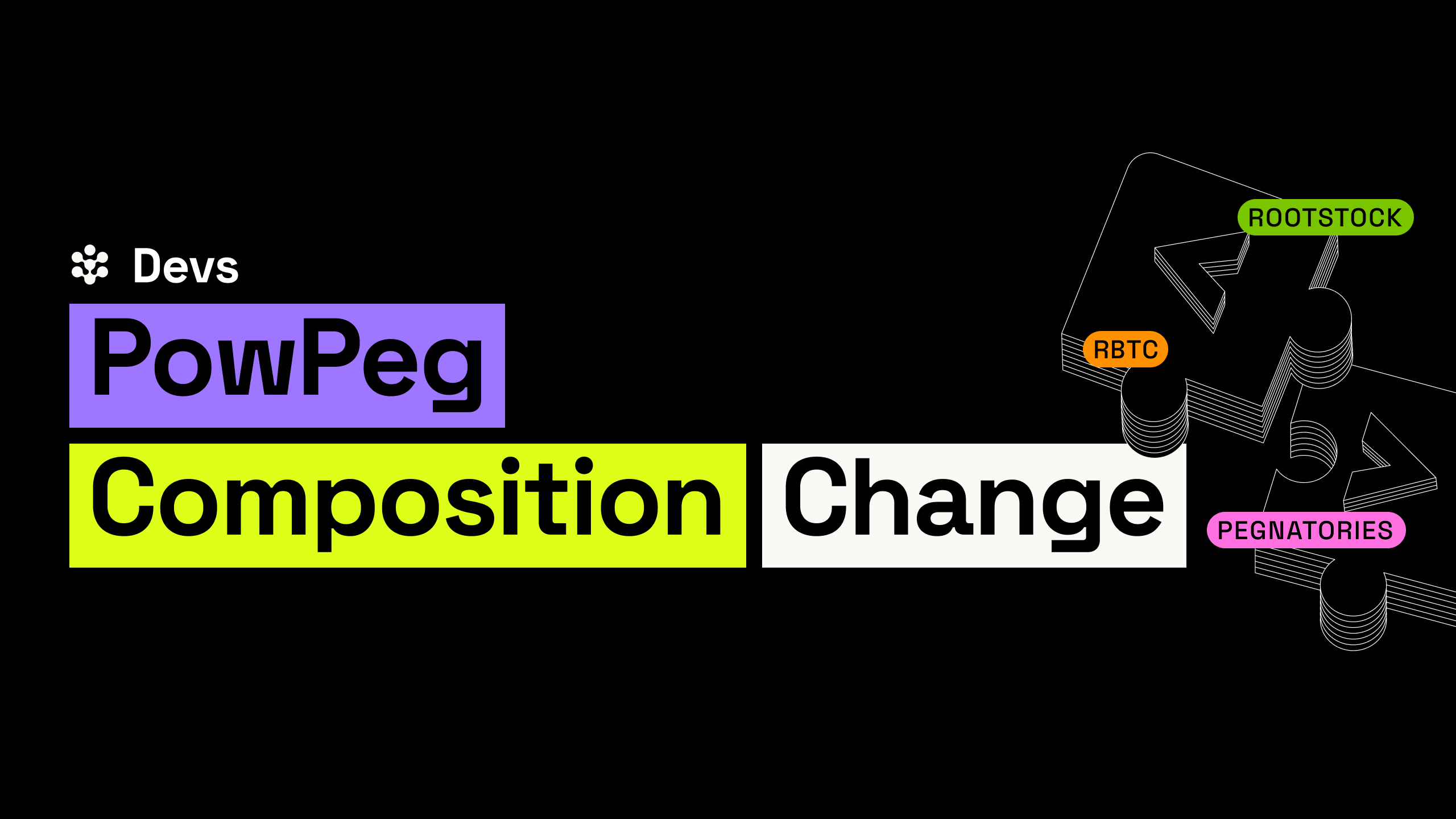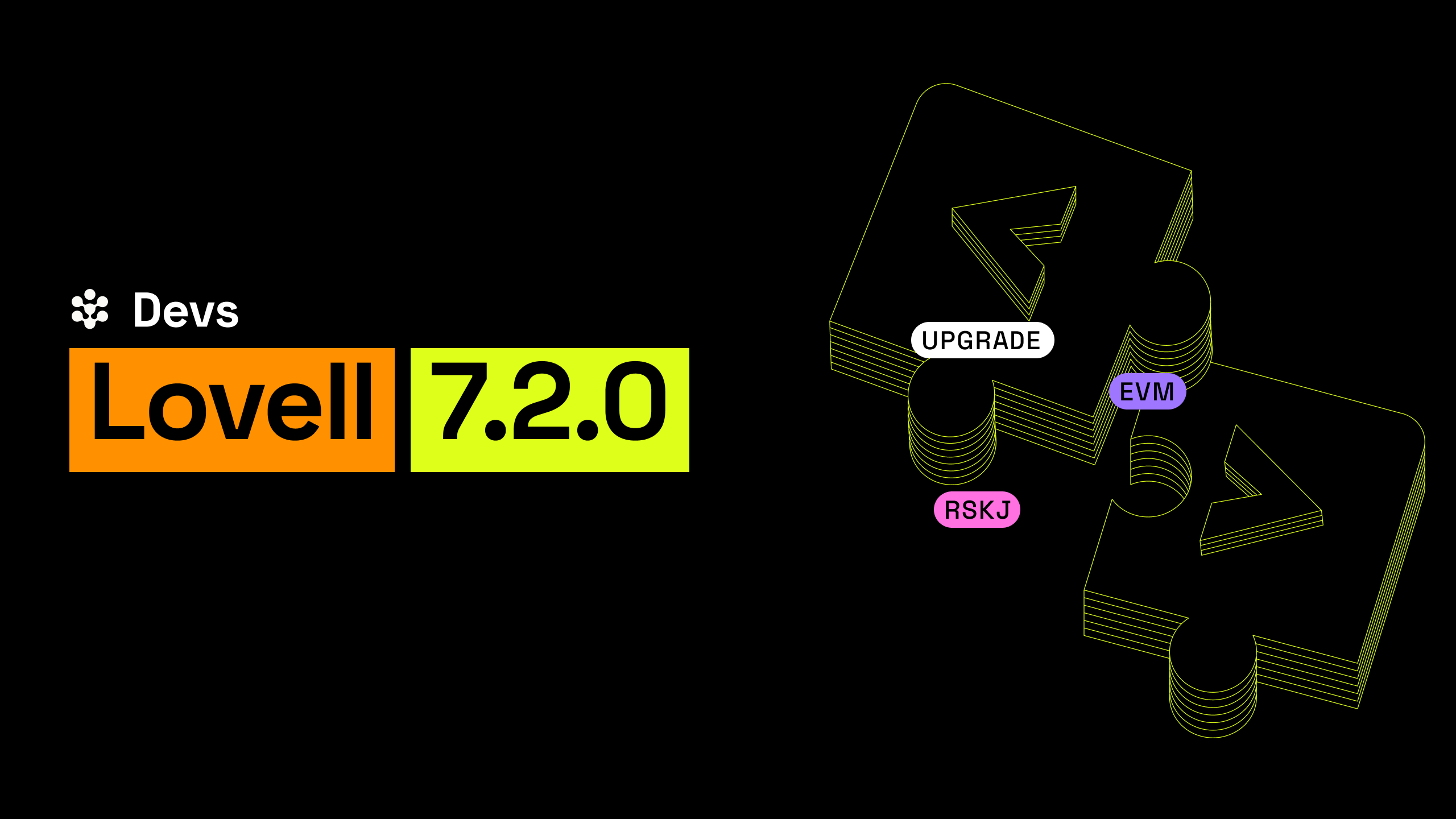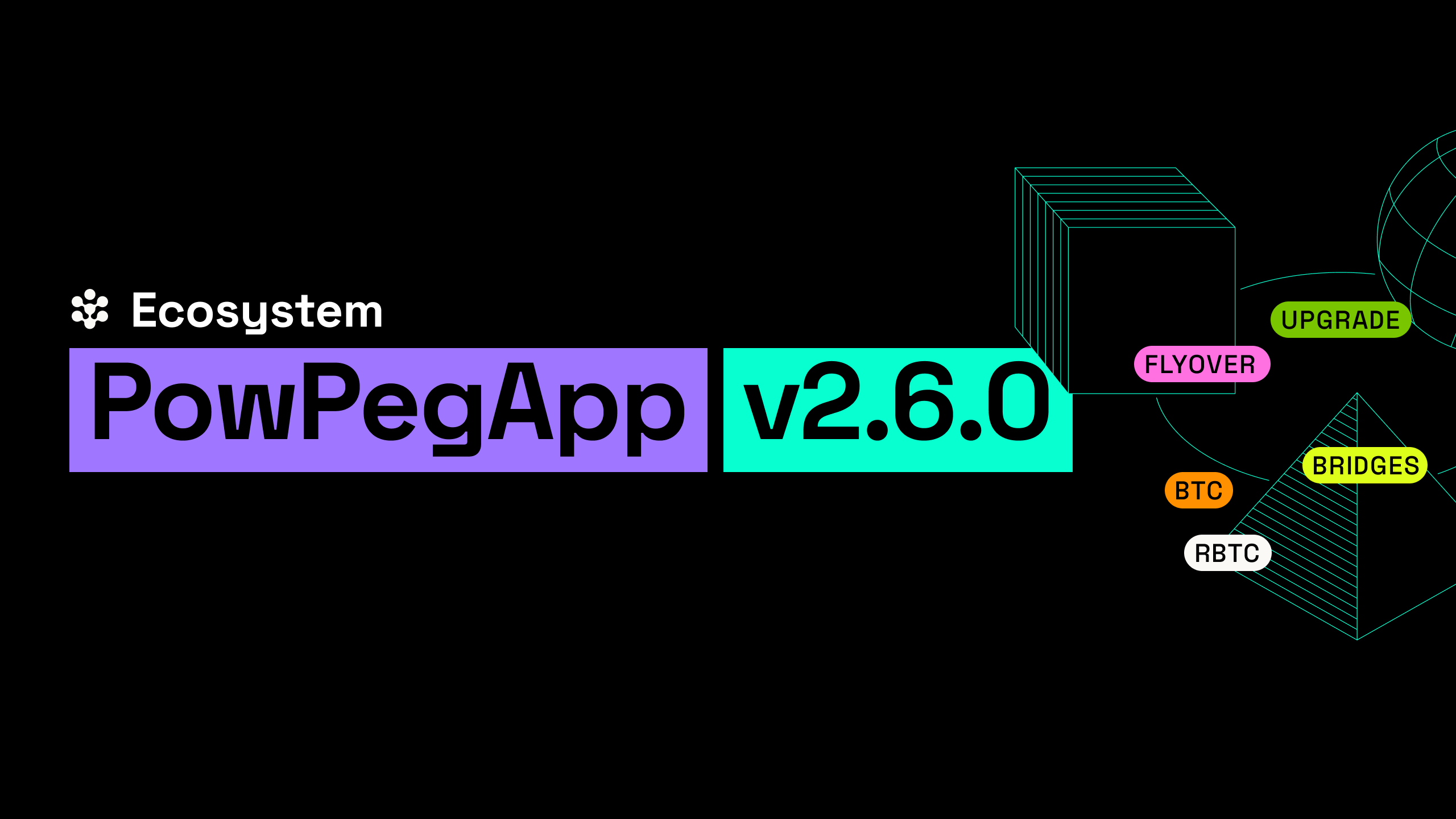Rootstock has reached a major milestone in its evolution. The locking cap for Rootstock’s 2-way peg has been increased to 21,000,000 BTC, which is the maximum supply of BTC. This means there is now no technical limit to the amount of Bitcoin that can be locked on Rootstock.
Since Rootstock’s launch in 2018, a limit on the quantity of Bitcoin that could be locked in the 2-way peg was established. This limitation was initially necessary to guarantee the bridge’s security when handling a considerable amount of Bitcoin. However, we acknowledged that this was a barrier to adoption and a point of centralization to the Rootstock network. By removing this locking cap, Rootstock has taken a significant step towards achieving full decentralization.
As of last week, the locking cap for the BTC/rBTC 2-way peg has been removed entirely. As such, there are no longer limitations in the amount of BTC that can be moved into Rootstock, and the entire supply of 21 million BTC can now be used to engage with a multitude of DeFi applications focused on saving, borrowing, staking, and lending services.
By removing the locking cap limit of 4,000 BTC, we are opening up numerous possibilities for the growth of Rootstock and Bitcoin DeFi. The Rootstock ecosystem has become more robust, and enables a larger user base to explore the vast opportunities present in the world’s most secure smart contracts ecosystem.
The evolution of the bridge
When the Rootstock platform was launched, it could only support a limited amount of Bitcoin locked. If Rootstock intended to welcome thousands of bitcoins into the network, it not only required security enhancements but also, as the first production Bitcoin sidechain in existence, it had to undergo real-world testing to verify its safety and resilience.
As the network matured, its security was improved, and the need for adoption increased, the cap for the bridge was progressively increased. One of the most relevant milestones for the security of the network was the birth of the PowPeg, an evolution to the Rootstock’s 2-way peg. The Powpeg protects private keys stored in special purpose PowHSMs based on tamper-proof secure elements. With PowHSMs signatures can only be commanded by chain cumulative proof of work. This means that the bitcoins in the peg are secured by the same consensus rules that secure the Bitcoin network.
Additionally, several pegnatories are operating PowHSM versions that back firmware public attestation. This enables anyone to certify that the PowPeg keys are stored in genuine hardware devices running a publicly known version of the firmware. It is expected that the remaining pegnatories will be upgraded in the next few months, marking another noteworthy accomplishment on Rootstock’s journey towards complete decentralization.
At the end of 2022, following a security assessment report prepared by NCC Group, the PowHSM firmware was open-sourced and became available under the MIT License. This was the last step in improving security and decentralization that has now led to the complete removal of the 2-way peg locking cap.
Rootstock: The home of Bitcoin-backed DeFi
The removal of the locking cap is the latest step in entirely decentralizing the Rootstock PowPeg bridge and the Rootstock network as a whole. We remain dedicated to advancing and enhancing the security of the Rootstock bridge: additional security updates and improved attestation procedures will continue to be implemented to keep the protocol up-to-date with the latest industry standards.
With there now being no limit to the amount of Bitcoin that can be moved onto the Rootstock network, we expect to see even further adoption and growth of Rootstock and its decentralized financial ecosystem into the future.
Interested in developing a DeFi app on Roostock? Check out our free Blockchain developer course and access a wealth of resources on the Rootstock Developer Portal. Rootstock is the most appealing way to interact with Bitcoin-based smart contracts and DeFi apps. As well as being the most secure blockchain after BItcoin, Rootstock boasts 100% uptime since its launch in 2018 and its compatibility with the Ethereum Virtual Machine (EVM) makes it easy to build on for any developer who has interacted with Solidity solutions before.


